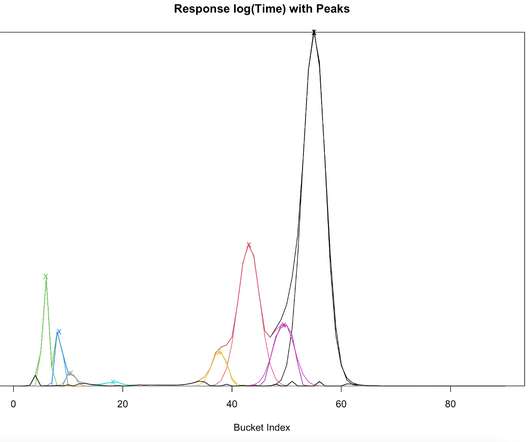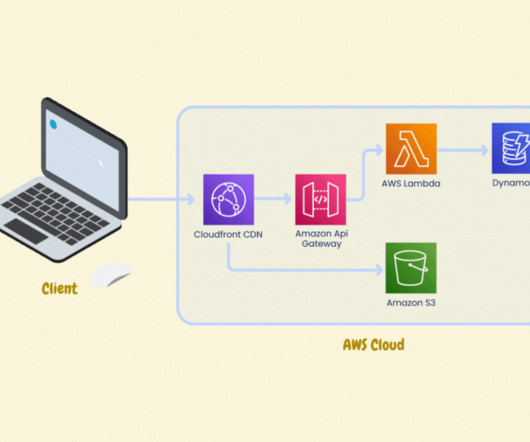Percentiles don’t work: Analyzing the distribution of response times for web services
Adrian Cockcroft
JANUARY 29, 2023
There is no way to model how much more traffic you can send to that system before it exceeds it’s SLA. This is unfortunate, because we’d really like to be able to build systems that have an SLA that we can share with the consumers of our interfaces, and be able to measure how well we are doing.
















Let's personalize your content